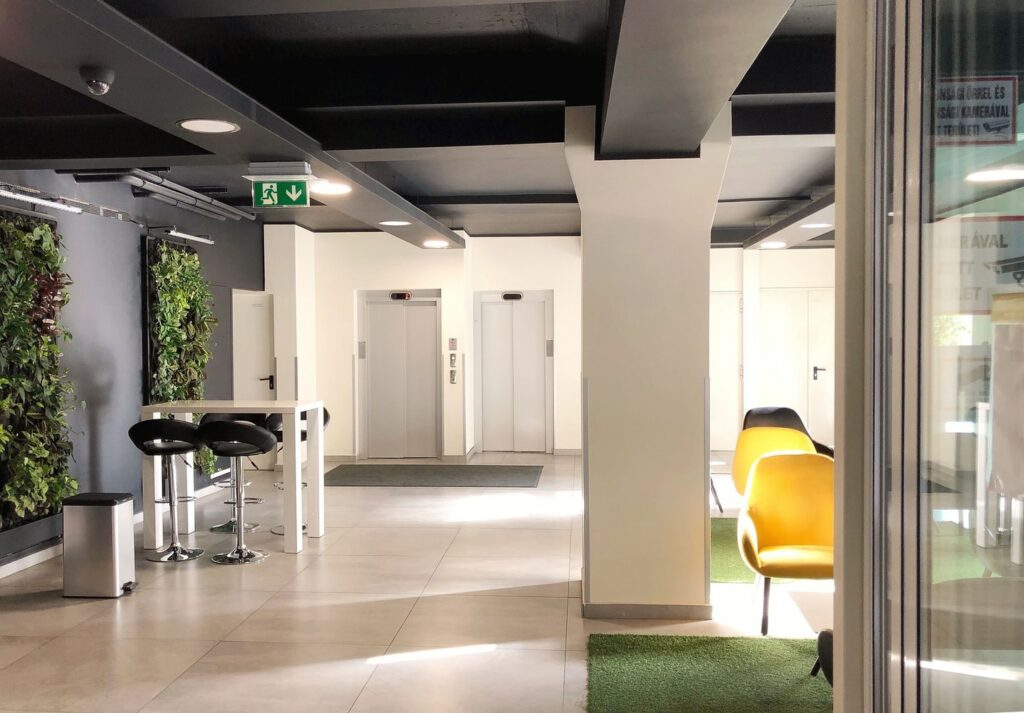Whilst many purchaser’s priority is the demised areas of the property they are buying, i.e. the apartment or maisonette. However, the communal areas of the block can have an impact on the aesthetics, finance and safety of the leaseholders. The exterior and internal communal areas are often the first impression of the property a prospective purchaser will have, giving a positive or negative impression of the building.
The Landlord and Tenant Act and lease terms of many properties, often the leaseholders do not have day to day influence on how they are managed. Sometimes a good thing due to decision making and lack of knowledge and sometimes not so good due to poor external management. With more recent leaseholder empowering legislation increasing numbers of leaseholders who have enfranchised, purchased the freehold, or exercised the Right to Manage.
A recently surveyed property suffered from the former, with lack of leaseholder lack of knowledge of regulatory and legal obligations, including The Regulatory Reform Order for Fire and lease obligations of the Freeholder. A nineteenth century country house conversion suffered from inappropriate repairs, lack of maintenance and poor safety measures. This undoubtedly lead to a review by the prospective purchaser.
The desire to by the leaseholders to “save money” by not spending money can have future financial and safety impact on incoming leaseholders with insufficient funds in service charge accounts and a compounding list of building defects not dealt with. With a survey and due diligence by the purchaser and their legal advisor these points can be highlighted prior to purchaser and assist in the decision making and any necessary negotiation process.



